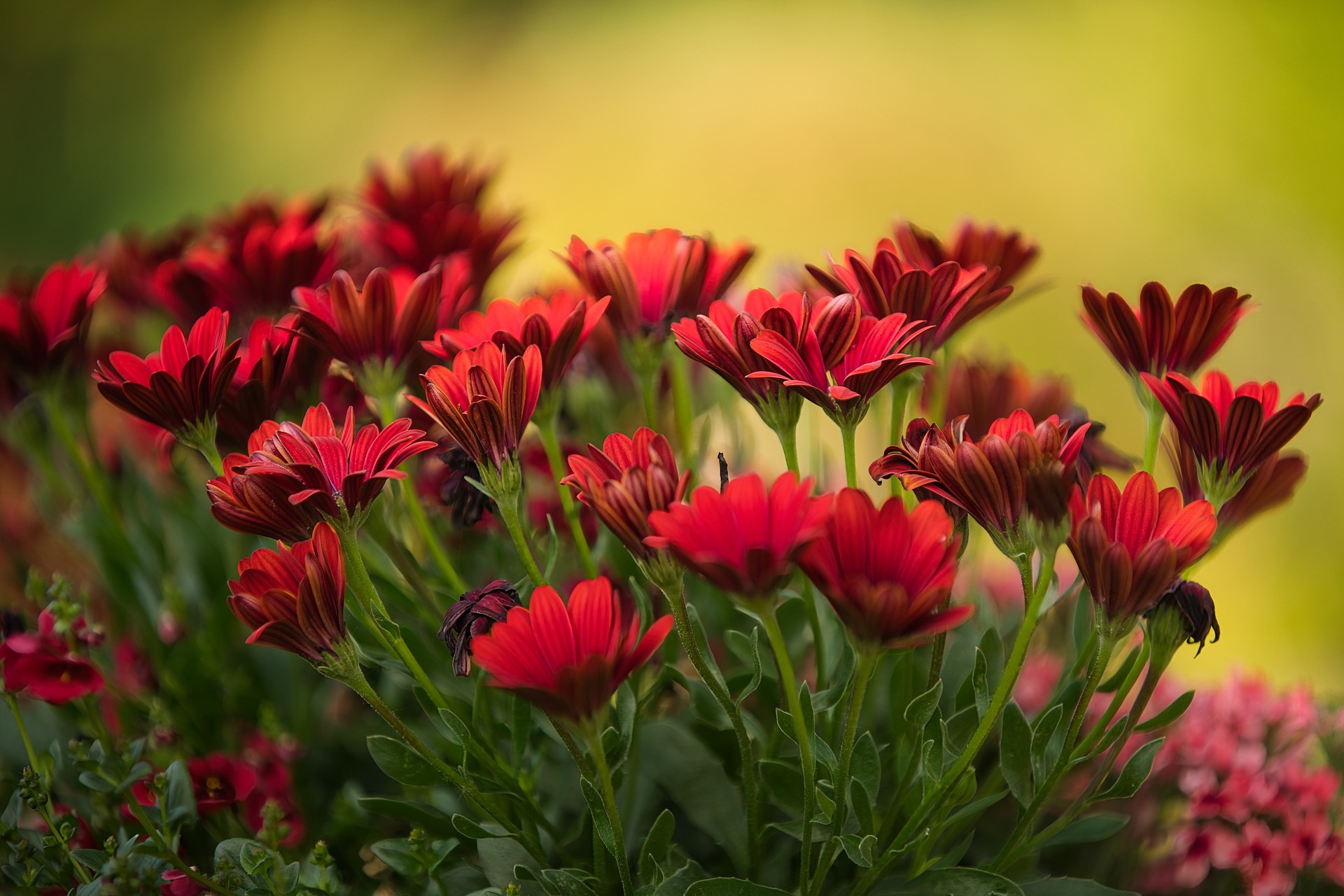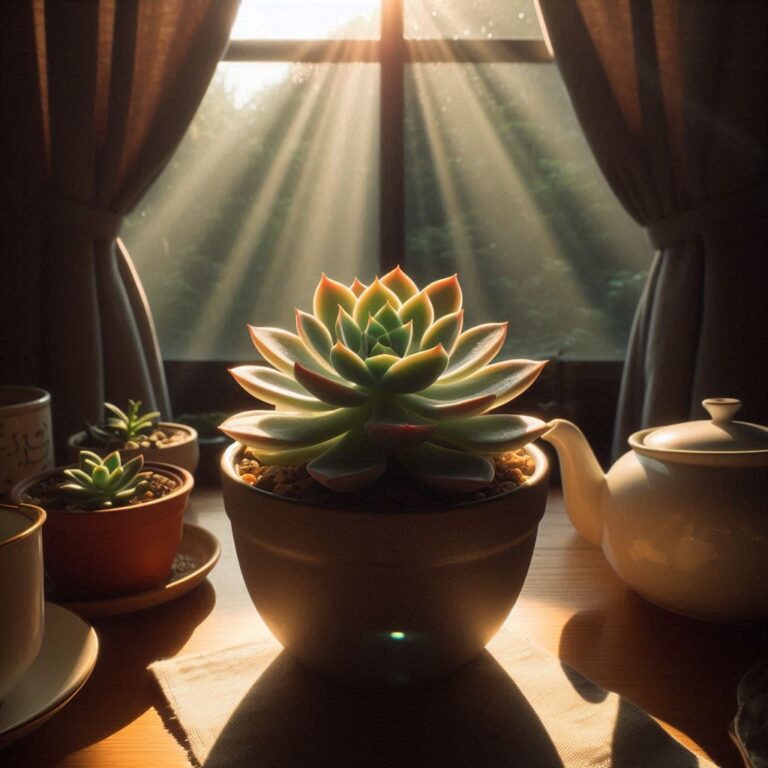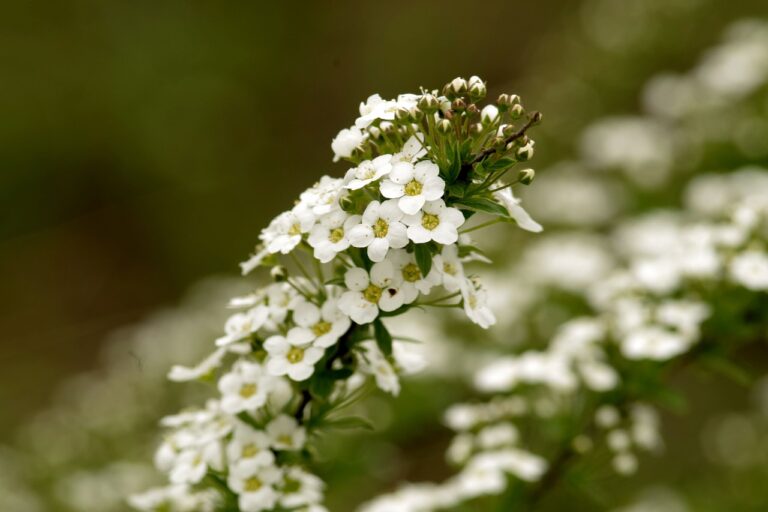Aquatic plants are a vital component of a healthy, thriving aquarium ecosystem. They not only enhance the visual appeal of your underwater world but also play crucial roles in maintaining water quality, providing oxygen, and creating natural habitats for fish and other aquatic life. However, caring for plants in an aquarium requires a unique set of skills and knowledge that differs from traditional gardening.
Successful aquarium plant care involves understanding the delicate balance of light, nutrients, and CO2 in an underwater environment. It also requires selecting appropriate plant species that can thrive in submerged conditions and coexist with your aquatic fauna. Whether you’re a seasoned aquarist looking to expand your planted tank or a beginner eager to create a lush underwater garden, this guide will provide you with essential information on how to nurture and maintain healthy aquatic plants.
From choosing the right substrate and lighting to managing fertilization and pruning techniques, we’ll explore the key aspects of aquarium plant care. By mastering these elements, you’ll be well-equipped to create a vibrant, self-sustaining aquatic ecosystem that brings beauty and balance to your home or office.
Select the Right Plants for Your Aquarium
Easy-to-Grow Aquarium Plants for Beginners
When starting your journey in underwater gardening, choosing the right plants is key. Java fern, anubias, and Amazon sword are some of the best plants for beginners. These species are hardy, require minimal care, and thrive in a variety of water conditions, making them perfect for those new to aquarium plant care. As you gain experience, you can explore more delicate species that may require specific lighting or nutrient levels.
Matching Plants to Your Tank’s Conditions
To ensure successful growth, it’s essential to match your plants with the specific conditions of your tank. Consider factors such as water temperature, pH levels, and light availability. For instance, cryptocoryne species prefer low light and slightly acidic water, while hornwort thrives in cooler temperatures and can tolerate a wide range of water conditions. By understanding the needs of each plant, you’ll be better equipped to care for plants in an aquarium and create a thriving underwater garden.
Understanding Plant Growth Requirements
Different aquatic plants have varying growth requirements. Some, like floating plants (e.g., duckweed), absorb nutrients directly from the water and require moderate light, while rooted plants (e.g., Amazon sword) need a nutrient-rich substrate and higher light levels. Ensuring that your tank’s conditions align with the needs of your chosen plants is critical for their long-term health and success in your underwater gardening efforts.
Create the Perfect Aquarium Environment for Plants
Optimal Lighting for Aquatic Plant Growth
Light is the lifeblood of any plant, and aquarium plants are no exception. For successful aquarium plant care, it’s important to provide the right type and intensity of light. LED and fluorescent lights are popular choices, offering a spectrum that promotes photosynthesis. Aim for a light duration of 8-10 hours per day to mimic natural conditions. However, too much light can lead to algae growth, so finding the right balance is crucial.
Maintaining Proper Water Parameters (pH, Hardness, Temperature)
Water quality plays a significant role in the health of your aquarium plants. Most aquatic plants prefer a pH range of 6.5 to 7.5, with water hardness and temperature varying based on the species.
Regularly test your water and make adjustments as needed to maintain optimal conditions. Remember, stable water parameters are key to successful underwater gardening and the overall well-being of your aquatic plants.
Importance of CO2 in Planted Aquariums
Carbon dioxide (CO2) is essential for photosynthesis, and in a planted aquarium, CO2 levels can significantly impact plant growth. While some plants can thrive with just the CO2 naturally present in the water, others may require additional CO2 supplementation. For more advanced aquarium plant care, consider using a CO2 injection system or liquid CO2 supplements to boost plant growth and ensure a lush, vibrant aquascape.
Substrate and Fertilization for Healthy Aquatic Plants
Choosing the Best Substrate for Planted Tanks
The substrate is the foundation of your underwater garden, providing essential nutrients and anchorage for your plants. Aquarium soil is often the best choice for planted tanks, as it is rich in nutrients and promotes healthy root development.
You can also use gravel or sand, but these may require additional fertilization to meet your plants’ nutrient needs. Layering different types of substrate can also create a more natural environment and enhance plant growth.
Types of Aquarium Plant Fertilizers
In addition to a nutrient-rich substrate, fertilizers are crucial for maintaining healthy aquatic plants. There are two main types of aquarium plant fertilizers: liquid fertilizers and root tabs.
Liquid fertilizers are added directly to the water and are ideal for feeding floating and stem plants, while root tabs are placed on the substrate to provide nutrients directly to rooted plants. For balanced aquarium plant care, consider using both types to meet the needs of all your plants.
Fertilization Techniques and Schedules
To keep your underwater garden thriving, it’s important to establish a regular fertilization schedule. Start by adding liquid fertilizers weekly, adjusting the dosage based on your plant load and growth rate.
Root tabs should be replaced every 2-3 months. Monitor your plants for signs of nutrient deficiencies, such as yellowing leaves or stunted growth, and adjust your fertilization routine accordingly.
Planting and Propagation Techniques
Proper Methods for Planting Different Types of Aquatic Plants
Planting techniques vary depending on the type of plant. Stem plants should be planted individually with enough space between them to allow light to reach all parts of the plant.
Rooted plants need to be buried in the substrate with their roots fully covered but the crown exposed. For epiphytes like Java fern or anubias, attach them to driftwood or rocks using thread or aquarium glue, as these plants do not need to be planted in the substrate.
Anchoring Techniques for Stem Plants and Epiphytes
Stem plants can sometimes be difficult to anchor, especially in fine substrates. Weigh them down with small stones or plant them in clusters for better stability. For epiphytes, attaching them to decorations using thread or fishing line ensures they stay in place until their roots naturally cling to the surface. This technique not only helps in aquarium plant care but also adds aesthetic value to your underwater garden.
Propagating Aquarium Plants for a Fuller Tank
Propagation is a great way to fill out your tank and create a dense, lush aquascape. Stem plants can be propagated by cutting a section of the stem and replanting it in the substrate.
Rhizome plants, like anubias, can be divided by cutting the rhizome and attaching the sections to different parts of your tank. Runner plants (e.g., Vallisneria) will naturally propagate by sending out runners, which can be trimmed and replanted to promote even growth.
Pruning and Maintenance of Aquarium Plants
Regular Trimming Techniques for Healthy Growth
Just like terrestrial plants, aquarium plants benefit from regular pruning. Trimming helps remove dead or damaged leaves, encourages bushier growth, and prevents overcrowding.
Use sharp scissors to trim plants just above a node (the point where leaves or branches emerge), as this promotes new growth. Regular pruning is essential for maintaining a balanced and healthy underwater garden.
Removing Dead or Decaying Plant Matter
Decaying plant matter can deteriorate water quality and encourage algae growth. During your regular maintenance, inspect your plants for any dead or dying leaves and remove them promptly.
This practice not only improves the appearance of your tank but also enhances overall aquarium plant care by preventing the buildup of organic waste.
Controlling Algae Growth in Planted Tanks
Algae can quickly take over a planted tank if not properly managed. To control algae growth, maintain a proper balance of light, nutrients, and CO2. Introducing algae-eating fish or snails can also help keep algae in check.
Additionally, reducing light intensity or duration and performing regular water changes will limit algae’s ability to thrive in your underwater garden.
Why Are My Succulent Plant Leaves Falling Off?
Balancing Plant and Fish Care in Your Aquarium
Selecting Fish Species Compatible with Planted Tanks
Not all fish are plant-friendly, so it’s important to choose species that coexist peacefully with your aquatic plants. Tetras, guppies, and corydoras are great choices for planted tanks, as they are gentle and do not disturb the substrate or plants.
Avoid species known for digging or eating plants, such as certain cichlids or goldfish, to maintain the integrity of your underwater garden.
Feeding Practices That Benefit Both Fish and Plants
Feeding your fish a balanced diet not only keeps them healthy but also indirectly benefits your plants. Uneaten food and fish waste contribute nutrients to the water, which plants can absorb.
However, overfeeding can lead to excess nutrients and algae growth, so be mindful of your feeding practices. Feeding your fish in moderation ensures a healthy environment for both fish and plants, essential for successful aquarium plant care.
Managing Waste in a Planted Aquarium
Fish waste, decaying plant matter, and uneaten food all contribute to nutrient levels in your tank. While some nutrients are beneficial for plant growth, too much can lead to water quality issues. Regular water changes, typically 10-20% per week, help manage waste levels.
Using a gravel vacuum during water changes can also remove debris from the substrate, keeping your tank clean and your plants healthy.
How To Care For Tradescantia Nanouk Plant
Troubleshooting Common Aquarium Plant Problems
Identifying and Treating Nutrient Deficiencies
Nutrient deficiencies in aquatic plants can manifest in various ways, such as yellowing leaves, slow growth, or transparent foliage. Identifying the specific deficiency—whether it’s nitrogen, potassium, or iron—allows you to adjust your fertilization routine accordingly.
For example, yellowing leaves often indicate a lack of nitrogen, while pale new growth may suggest an iron deficiency. Addressing these issues promptly is crucial for maintaining healthy plants in your underwater garden.
Dealing with Pest Snails and Other Plant-Eating Creatures
Pest snails, such as ramshorn or pond snails, can quickly multiply in an aquarium and damage plants by eating their leaves. To control snail populations, you can manually remove them, introduce predatory snails like assassin snails, or use traps designed to capture them.
In some cases, a copper-based treatment may be necessary, but this should be used cautiously, as it can harm other tank inhabitants.
Addressing Common Plant Diseases in Aquariums
Aquarium plants can be affected by various diseases, such as fungal infections or bacterial rot. Symptoms include discolored or mushy leaves, stunted growth, or wilting.
To treat these issues, remove affected plants, quarantine them if necessary, and treat the tank with appropriate medications. Ensuring good water quality and proper care routines can prevent most plant diseases, helping you maintain a thriving underwater garden.
Conclusion
Congratulations, aquatic gardeners! With these expert tips, you’re now equipped to care for plants in an aquarium and create a thriving underwater oasis. Remember, patience is key in this submerged adventure.
With the right balance of light, nutrients, and care, your aquarium plant care efforts will soon result in a vibrant, living aquascape that’s the envy of fish and humans alike. So go ahead, dive into the world of underwater gardening, and watch your aquatic plants flourish.
You might just find that tending to your aquarium plants is as relaxing as watching your fish swim through them!




